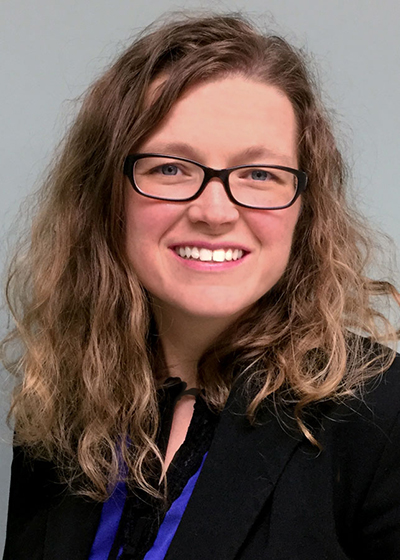UA faculty team receives grant to help improve addiction treatment training

Dr. Rikki A. Patton
With COVID-19 dominating the news, it is easy to forget that substance abuse is still a concern in Ohio. Across the U.S., overdose deaths continue to rise and experts predict they could reach an all-time high during the pandemic. The isolation people are experiencing due to the pandemic is intensifying the situation, which can be seen in the health department data from May, 2020, reflecting as one of Ohio’s deadliest months for drug overdoses in over a decade.
To help individuals obtain the support they need, a faculty team from The University of Akron (UA) has created a curriculum to train students in treatment principles to increase addiction treatment in clinical environments.
The Addiction treatment Counts: Expanding Interprofessional Training (AtCE IT) is a new training funded by a two-year grant totaling $200,000 from Substance Abuse & Mental Health Services Administration (SAMSHA), a branch of the U.S. Department of Health & Human Services. AtCE IT! is an innovative and comprehensive program that is focused on training for four specific roles: counselors, marriage and family therapists, social workers and nurse practitioners.
The training, which started in April, teaches students how to use the Screening, Brief Intervention and Referral to Treatment (SBIRT) model in their practice. SBIRT is commonly used across health professions, providing a common language among behavioral health professionals that can also help make continual care seamless for the patient. In addition to the SBIRT model, assessment and substance use disorders (SUD) treatment principles are also used with the interdisciplinary trainees to aid in improving health professionals’ use of SBIRT in clinical practice. This can help reduce the SUD treatment gap and lead to improved care for the patient.
Decreasing the stigma
Dr. Rikki A. Patton, associate professor at UA’s School of Social Work and School of Counseling, stressed that students will inevitably work in the field dealing with addiction in some way, making this program relevant in decreasing any negativity associated with it.
“Increased education on substance use helps decrease the stigma,” says Patton. “This will, in turn, lead to more people willing to work with those affected by substance abuse and increase access to care for those who need help.”
In addition to reducing stigma, other goals for the AtCE IT! program include advancing the educational and supervisory support structure for trainees to learn more about SBIRT both in their coursework and in clinical practice, and creating a pipeline for trainees to pursue their Chemical Dependency Counseling (CDC) credential. The program also seeks to advocate for licensing and certification boards to implement examination questions relating to SUD on relevant exams and to develop training materials that can be adapted for user-friendly implementation in other health professions curricula.
The AtCE IT! program looks to have a total of 120 student trainees complete the training, along with 10 faculty members and 20 site supervisors. Additionally, 50 students will pursue their CDC license in the state of Ohio.
This is the second opioid-related grant Patton has received. Just last year she partnered with colleagues from Drexel University, and together, they received a grant from SAMHSA to develop a program specifically to train students to help affected families deal with the impact of trauma caused by opioid abuse.
Media contact: Cristine Boyd, 330-972-6476 or cboyd@uakron.edu
